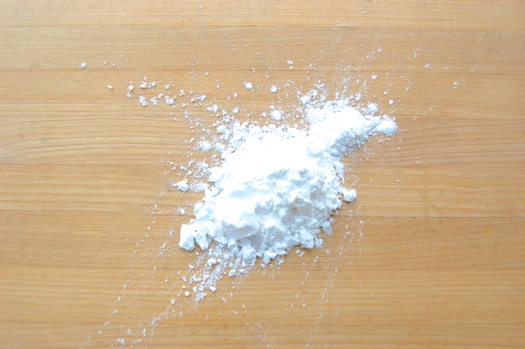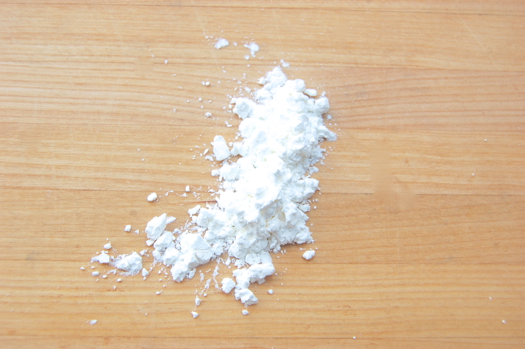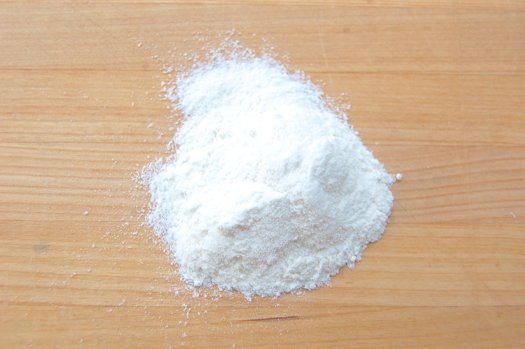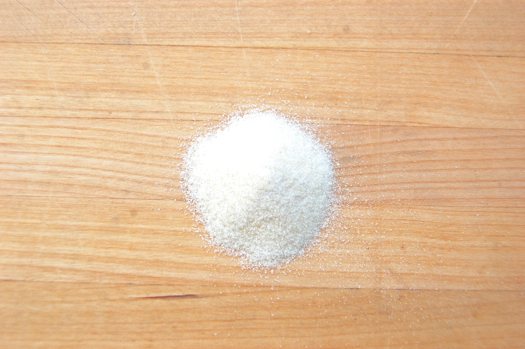Potato Starch
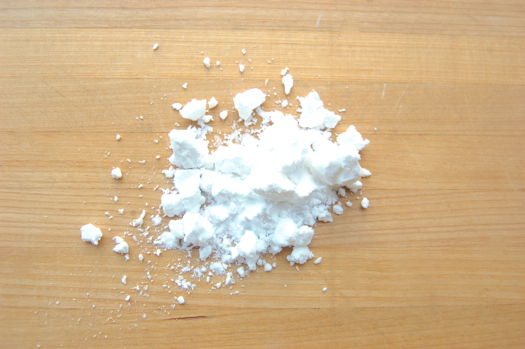
The Joe Pastry All-Star Tour of Thickeners continues with potato starch. Boy. After a while all these white powders really start to look the same don’t they? And they’re awfully hard to photograph without overexposing them. Poor, poor blogger me. Anyway, where was I? Ah yes, potato starch. Potato starch is another pure starch like cornstarch and tapioca. In other words: pure thickening power in powdered form. Potato starch performs much like other thickening starches, and is good for a wide variety of applications, especially soups. It thickens at below-boiling temperatures and in fact should never actually be boiled, as it un-thickens quite rapidly at that point. Potato starch is especially useful during Passover for those who adhere to Jewish dietary rules, as it’s a non-grain thickener.
READ ON